Introduction to Implant Success Factors
A recent collaborative study between Belgium and the Netherlands has unveiled significant insights into the factors influencing the long-term retention and success rates of dental implants. This research reveals how a patient’s history of periodontal disease interacts with other critical factors such as smoking, implant diameter, and early bone loss (EBL) exceeding 0.5mm. The ramifications of late-stage bone loss are closely correlated with the height of the abutment, EBL, and tobacco use. Published online on October 23, 2024, in the esteemed journal Clinical Oral Implants Research, this study provides a comprehensive evaluation of these influences over time.
Factors Influencing Retention Rates
The study meticulously assessed the retention rates of implants, success rates, and the extent of alveolar bone loss (BL) over time among patients. Using the Kaplan-Meier estimation method, researchers compared implant retention rates across different groups, employing the Log-Rank test for rigorous statistical analysis of the data and variables influencing outcomes.
Key Findings on Bone Loss
To simulate the BL at one, five, and ten years post-implantation, both simple linear mixed models and multiple linear mixed models were developed. The study included a robust cohort of 407 patients—comprising 221 females and 186 males, with an average age of 64.86 years—who received a total of 1,482 implants.
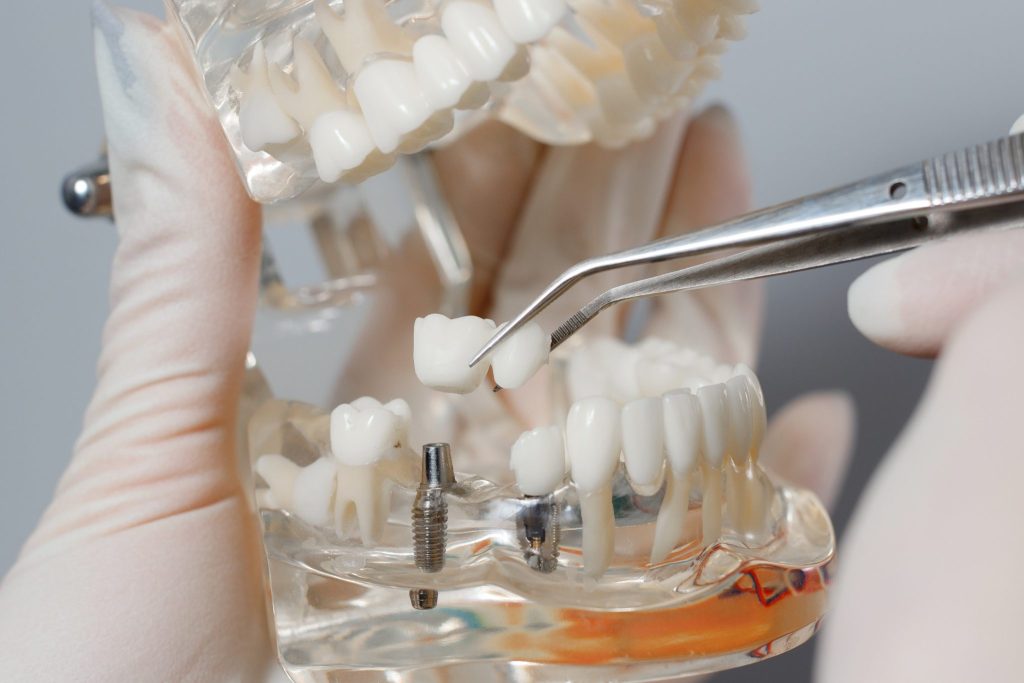
Retention Rates and Their Determinants
The overall implant retention rate was found to be 94.74%, with an impressive average follow-up time of 10.66 years. The mean marginal bone loss (MBL) recorded was 0.81mm. Key factors affecting retention rates were identified as smoking status, the width of the implants, and instances of EBL exceeding 0.5mm. Furthermore, a patient’s history of periodontal disease emerged as a significant predictor of retention.
Influences on Marginal Bone Loss
Factors influencing MBL in the first year post-implantation were found to include the height of the abutment, the type of surgical procedure performed, and the diameter of the implant. In contrast, factors impacting MBL at the five and ten-year marks included abutment height, significant instances of EBL, and smoking behavior.
Conclusion
This study underscores the complex interplay of factors affecting the outcomes of dental implants. Recognizing these indicators not only enhances the prospects of successful implantation but also emphasizes the importance of patient history and lifestyle in dental health.

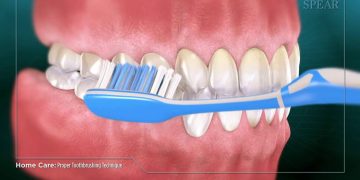
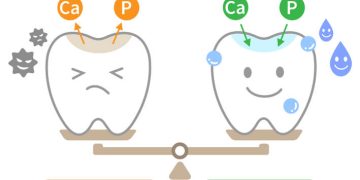
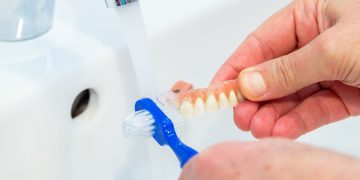




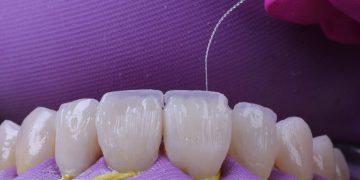
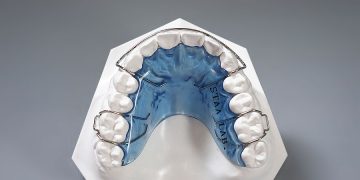

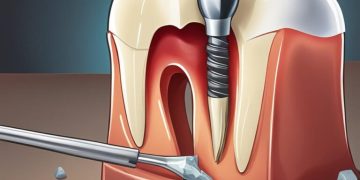

































Discussion about this post